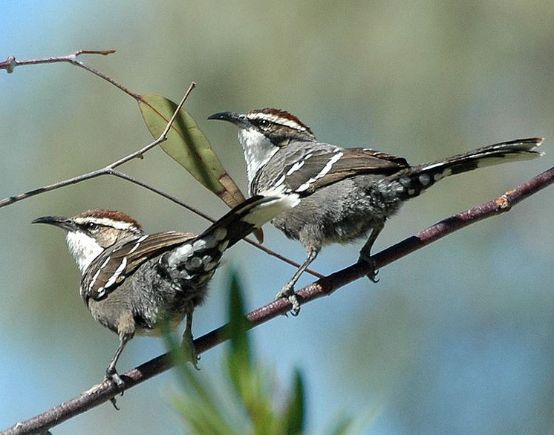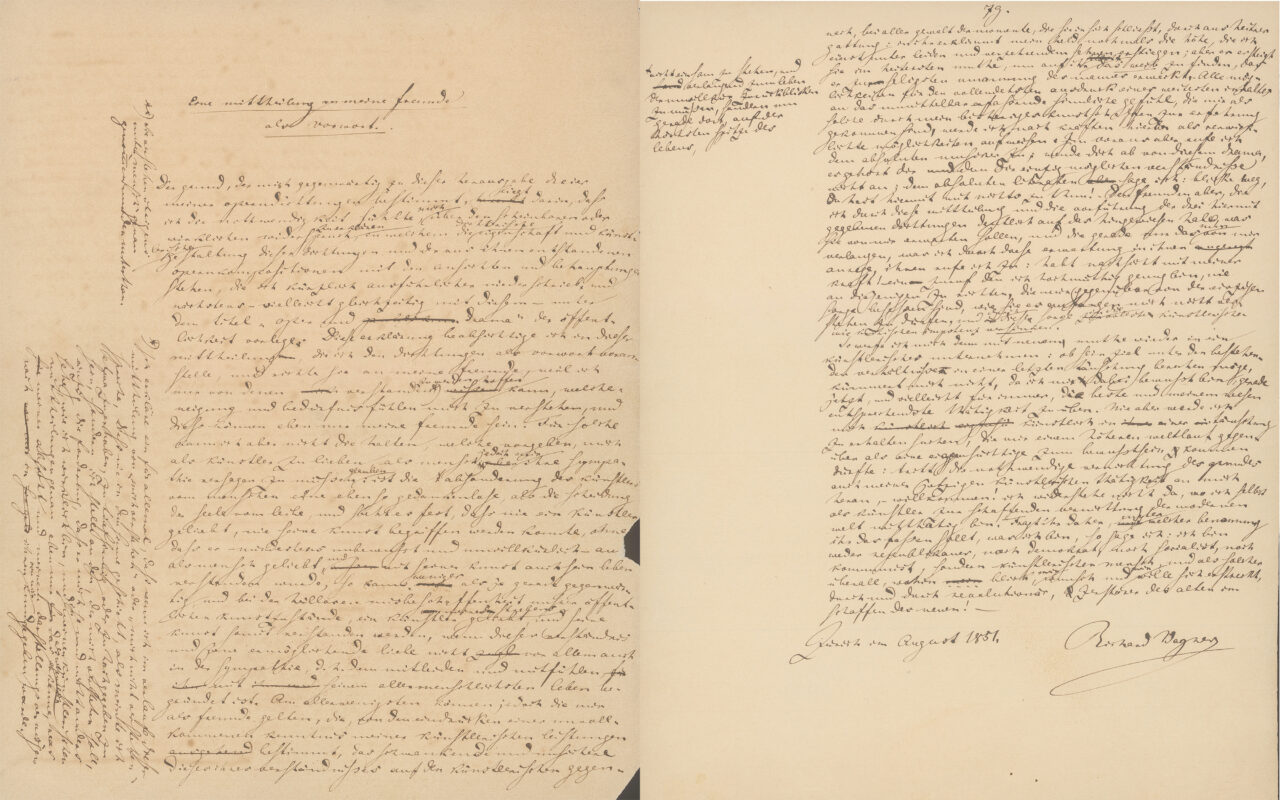Bird sounds can have the character of speech
According to evolutionary biologists at the University of Zurich, the chirping of the red-crowned babbler in the Australian outback is similar to the way humans form meaningful words. It can rearrange its sounds to convey a different meaning.

The researchers noticed that the red-crowned babbler, which lives in the Australian outback, uses two different sounds "A" and "B" in different orders for certain behavioral patterns. When flying, the bird produces a flight call "AB", whereas when feeding its young in the nest, it makes the request call "BAB".
When the researchers played back the sounds, the birds were able to distinguish between the different types of call. They looked into the nests when they heard the feeding call and looked for incoming birds when they heard a flight call.
According to Sabrina Engesser, an evolutionary biologist at the University of Zurich, these observations indicate that the two calls were generated from a rearrangement of the same sounds. They assume that in the red-crowned babbler, the first sound element "B" obviously distinguishes the meaning between flight and request vocalization, similar to "mein" and "ein" in German, where the "m" is the meaning-distinguishing element or phoneme.
Previous studies have indicated that birds can string together different sounds as part of a complex song. However, these songs generally lack a specific meaning and changing the arrangement of sounds in a song does not seem to change the overall message. Unlike most songbirds, red-crowned babblers do not sing. Instead, their extensive vocal repertoire is characterized by individual calls consisting of smaller, acoustically separated individual sounds.
Original article: Engesser S, Crane JMS, Savage JL, Russell AF, Townsend SW. Experimental Evidence for Phonemic Contrasts in a Nonhuman Vocal System. PLoS Biol 13(6). Doi:10.1371/journal.pbio.1002171







